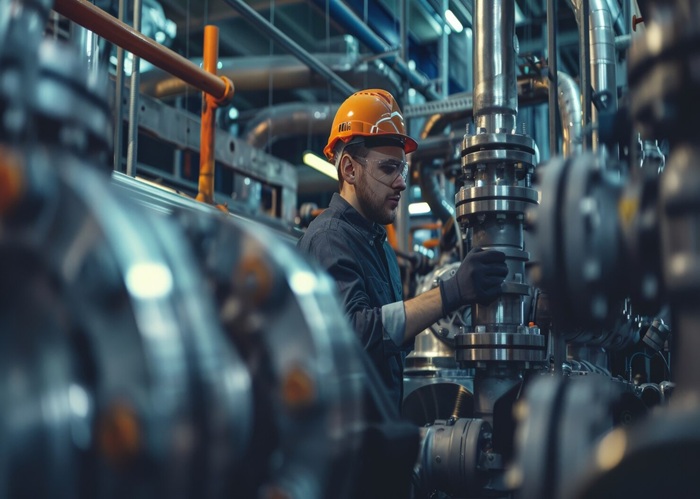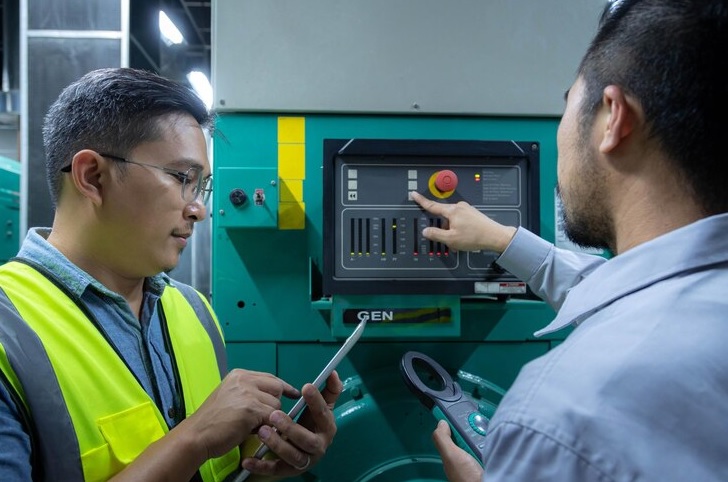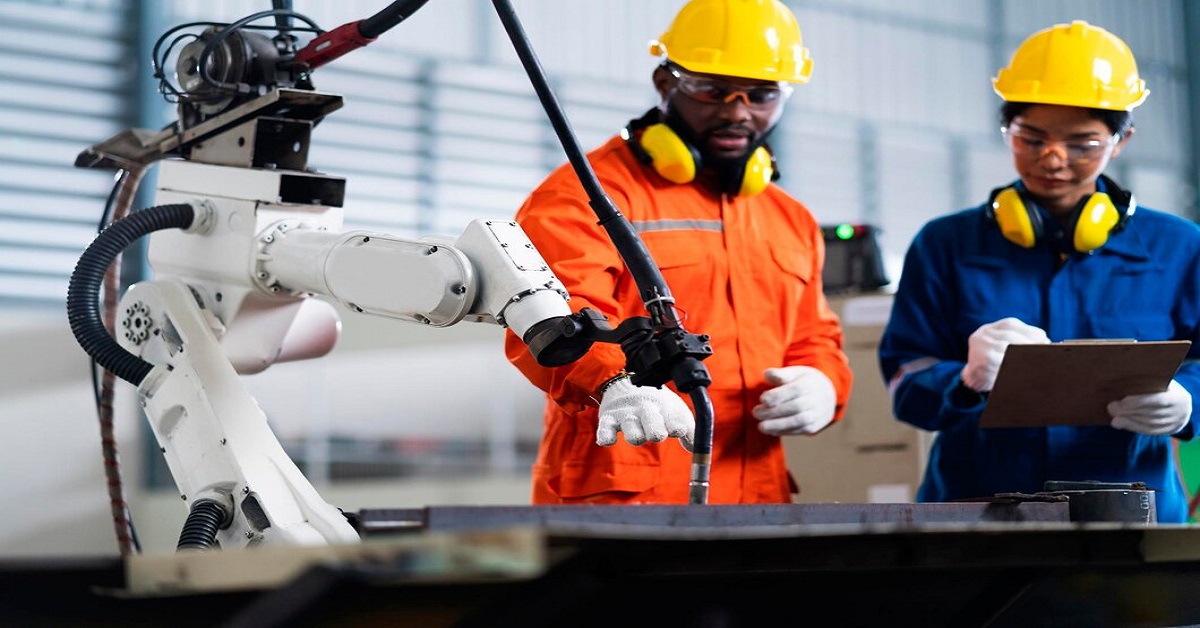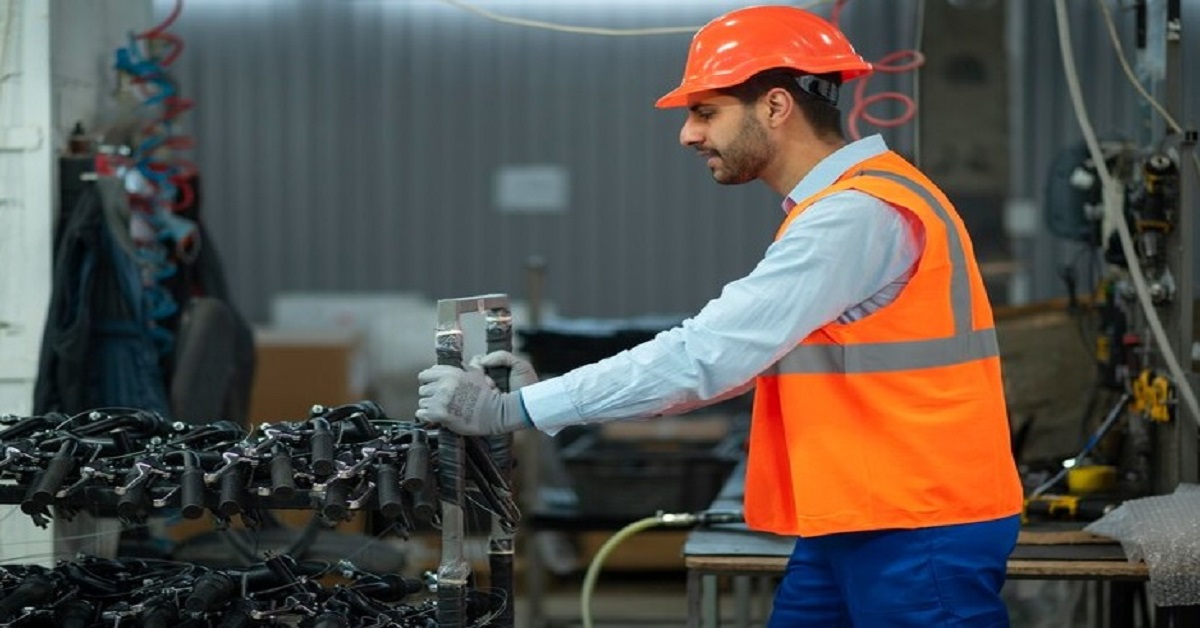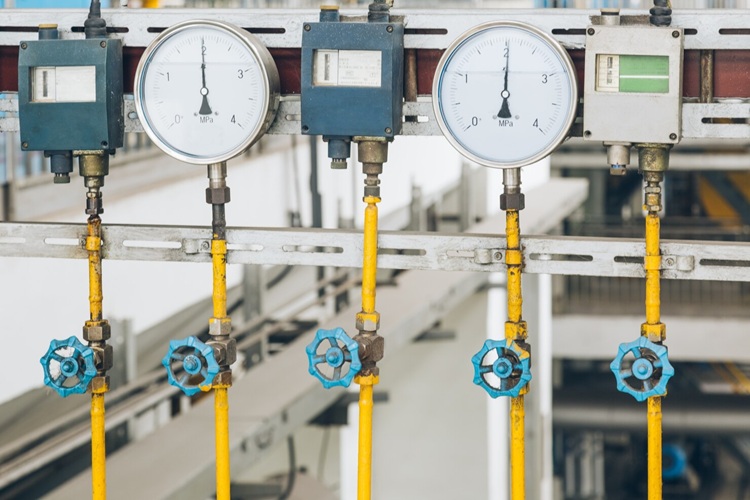In the world of machinery and industrial operations, smooth performance and reliability depend heavily on proper lubrication. Over time, lubrication engineering has evolved into a specialized field that combines science, technology, and precision to improve machine efficiency, reduce wear, and extend equipment lifespan. With industries becoming more advanced, the demand for innovative lubrication techniques has grown rapidly.
Understanding Lubrication Engineering
Lubrication engineering focuses on the study, design, and application of lubricants to minimize friction and wear between moving parts. The goal is to ensure that machines operate smoothly, efficiently, and safely. Proper lubrication not only prevents breakdowns but also helps maintain energy efficiency and reduces maintenance costs.
Lubrication engineers analyze the type of machinery, operating environment, temperature, and pressure to determine the most suitable lubricant. This scientific approach helps industries—from manufacturing to automotive—to maintain equipment reliability and longevity.
Importance of Advanced Lubrication Techniques
Traditional lubrication methods are no longer sufficient for modern machines that operate under high speeds, loads, and temperatures. Advanced techniques in lubrication engineering provide smarter, data-driven, and more sustainable solutions to meet today’s industrial challenges.
Some key benefits include:
Reduced Downtime: Advanced lubrication prevents unnecessary wear and tear, reducing machine downtime and repair frequency.
Improved Efficiency: Properly lubricated components consume less energy, improving overall system performance.
Extended Equipment Life: High-performance lubricants and monitoring systems protect machinery from corrosion, heat, and contamination.
Sustainability: New techniques focus on eco-friendly lubricants that reduce environmental impact.
Advanced Techniques in Lubrication Engineering
1. Condition-Based Lubrication
Rather than relying on fixed schedules, condition-based lubrication uses sensors and monitoring tools to determine when lubrication is actually needed. Parameters like vibration, temperature, and oil quality are continuously analyzed to ensure precise lubricant application. This reduces waste and prevents over-lubrication or under-lubrication.
2. Automated Lubrication Systems
Automation has transformed lubrication engineering by ensuring consistent and accurate lubricant delivery. Automated systems dispense the right amount of lubricant at regular intervals, reducing human error and ensuring optimal performance. These systems are especially useful in heavy machinery and remote or hard-to-reach equipment.
3. Nanotechnology in Lubricants
Nanotechnology has introduced lubricants with nanoparticles that improve friction resistance and heat stability. These nano-lubricants create a stronger protective film between surfaces, significantly reducing wear and extending the life of mechanical components.
4. Lubricant Condition Monitoring (LCM)
LCM involves analyzing lubricant samples to assess contamination, viscosity, and degradation levels. This helps predict failures before they occur and supports proactive maintenance strategies. Regular oil analysis also reduces unnecessary lubricant changes, saving both time and resources.
5. Environmentally Friendly Lubricants
Modern lubrication engineering emphasizes the development of biodegradable and non-toxic lubricants. These sustainable alternatives reduce pollution and comply with environmental regulations, making them ideal for industries focused on green manufacturing.
Applications of Lubrication Engineering
Lubrication engineering plays a crucial role in various industries:
Manufacturing: Keeps production lines and motors running efficiently.
Automotive: Enhances engine performance and fuel efficiency.
Mining and Heavy Equipment: Protects machinery exposed to dust, pressure, and extreme conditions.
Power Generation: Ensures turbines and generators function with minimal friction and maximum reliability.
The Role of Data and Digital Tools
Digital technologies like IoT (Internet of Things) and AI (Artificial Intelligence) are revolutionizing lubrication practices. Smart sensors and connected systems collect real-time data on lubricant performance, allowing engineers to make quick, data-backed decisions. Predictive maintenance, powered by AI, can alert operators before issues occur, improving reliability and minimizing downtime.
Future of Lubrication Engineering
The future of lubrication engineering lies in intelligent systems, sustainable lubricants, and predictive technologies. With innovations in materials science and data analytics, lubrication will continue to evolve as a vital element of industrial efficiency and sustainability.
Conclusion
As industries move toward automation and sustainability, advanced lubrication engineering techniques are ensuring machinery performs better, lasts longer, and consumes less energy. By adopting modern methods like condition-based monitoring, nanotechnology, and eco-friendly lubricants, businesses can achieve maximum reliability and efficiency.
For cutting-edge lubrication solutions and expert engineering support, trust Semeq. With advanced technology, data-driven insights, and years of industry expertise, Semeq delivers reliable lubrication systems designed to optimize performance and extend the life of your equipment.
